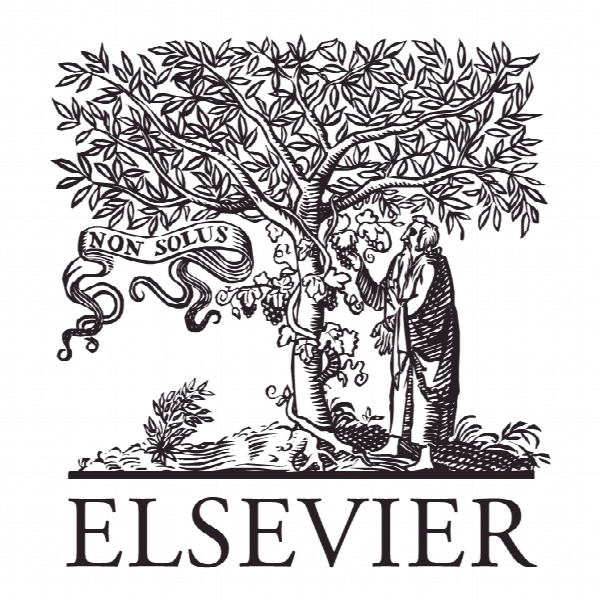: ارتباط با نتایج شغلی Daily manifestations of career adaptability: Relationships with job and career outcomes
- نوع فایل : کتاب
- زبان : انگلیسی
- ناشر : Elsevier
- چاپ و سال / کشور: 2017
توضیحات
رشته های مرتبط روانشناسی و علوم اجتماعی
مجله رفتار حرفه ای – Journal of Vocational Behavior
دانشگاه گروه روانشناسی، گرونینگن، هلند
نشریه نشریه الزویر
مجله رفتار حرفه ای – Journal of Vocational Behavior
دانشگاه گروه روانشناسی، گرونینگن، هلند
نشریه نشریه الزویر
Description
1. Introduction Over the past decades, career patterns have become increasingly diverse, and successful career development is now, to a great extent, dependent on individuals’ initiative and their ability to adapt (Biemann, Zacher, & Feldman, 2012; Hirschi, Herrmann, & Keller, 2015; Raabe, Frese, & Beehr, 2007). Vocational psychologists introduced the concept of career adaptability as a psychosocial resource that can help individuals to effectively manage work- and career-related demands and changes (Super & Knasel, 1981). Career adaptability is a higher-order construct consisting of four dimensions: concern (i.e., preparing for future career tasks), control (i.e., taking responsibility for development), curiosity (i.e., exploring possible future selves and opportunities), and confidence (i.e., believing in one’s ability to solve problems and to succeed; Savickas & Porfeli, 2012). Several recent studies have shown that career adaptability and its dimensions relate positively to important work and career outcomes, including job and career satisfaction (Chan & Mai, 2015; Zacher, 2014a; Zacher & Griffin, 2015), job search success (Guan et al., 2013; Koen, Klehe, Van Vianen, Zikic, & Nauta, 2010), salary (Guan, Zhou, Ye, Jiang, & Zhou, 2015), and others’ rating of job performance (Ohme & Zacher, 2015). Most extant research has focused on differences between individuals in career adaptability, with the exception of a few longitudinal studies that additionally investigated within-person changes in career adaptability over longer time periods, such as several months (Guan et al., 2013; Hirschi, 2009; Negru-Subtirica, Pop, & Crocetti, 2015; Zacher, 2014b). However, researchers in the field of vocational behavior have so far neglected the possibility that career adaptability might also manifest behaviorally on a daily basis, and that these manifestations may vary intra-individually over short periods of time. In a related line of inquiry, personality researchers have recently begun to explore daily expressions of the Big Five characteristics and their associations with daily work motivation and behavior (Judge, Simon, Hurst, & Kelley, 2014). The present research explored the extent to which daily behavioral manifestations of employees’ career adaptability and career adaptability dimensions fluctuate across one work week, and to examine how these daily manifestations relate to employees’ reports of their daily task and career performance, as well as their daily job and career satisfaction. Task performance has been defined as employee behavior that contributes to organizational goals by supporting the production of goods or the provision of services (Borman & Motowidlo, 1993). Career performance refers to behaviors that facilitate employees’ career advancement, such as developing new skills and seeking out opportunities (Welbourne, Johnson, & Erez, 1998). Job satisfaction is defined as an attitude that includes affective and cognitive job evaluations (Brief & Weiss, 2002). Finally, career satisfaction is a subjective indicator of career success that entails employees’ evaluations of their career progress (Greenhaus, Parasuraman, & Wormley, 1990) From a theoretical perspective, biological factors (e.g., genes) and relatively stable interindividual difference characteristics (“traits”) interact with environmental factors (e.g., job demands) in triggering dynamic manifestations of thoughts, feelings, and behaviors (“states”; Mischel & Shoda, 1995). The sociogenomic model of personality suggests that states are directly influenced by biological factors, traits, and the environment (Roberts & Jackson, 2008). In contrast, only biological factors influence traits directly; the environment may influence traits indirectly, through biological factors and states, over longer periods of time (Roberts & Jackson, 2008). This implies that dynamic variation in states across days exists because situational factors, and possibly other states, enhance or constrain the expression of biological factors and traits. For instance, an employee may not be able to express her generally high levels of career adaptability equally well every day due to fluctuations in daily job demands or daily energy.


